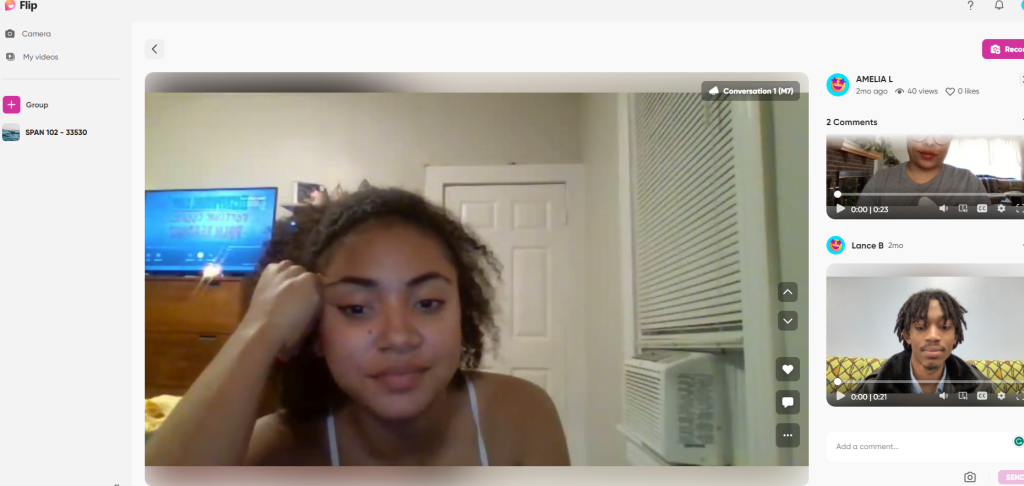Interpretive, Interpersonal, and Presentational Modes of Communication
Exploring Culture
The cultural exploration readings and activities helped me gain an understanding of different Spanish and Latin cultures by giving me an insight into different perspectives from cultural collaborators around the Spanish-speaking world. Of the various activities we’ve done, we have gained perspectives about social media, ways to show respect, different customs like siestas in the middle of the day, role models, LGBTQ rights, gender inequality, cultural food, gender roles, and general well-being.
These readings and activities helped me better understand the values and attitudes of Hispanic culture as well as my own culture by providing me with examples and experiences of different cultural collaborators in a way to assist me with easily relating their testimonies to my own life experiences. The testimonies of the cultural collaborators challenged my worldview by revealing different perspectives on a variety of topics like politics, common pass times, and customs. It is a common mistake to restrict your view of the world to your own culture. Other cultures, especially Spanish and Latin ones are dense with rich cultural experiences. Learning about these perspectives caused me to work through several different stereotypes and misconceptions I had and caused me to view the world from a different perspective by providing insight into everyday life, which made me realize many things are universal and that we, as people are not as divided as we think.

Engaging in Communities
The value and importance of engaging in my immediate and global community are insurmountable. participating in these communities allows a great amount of understanding and visibility of events and issues that arise in the everyday life of a collective people. Engaging in community culture is empowering to communities because it creates a sense of teamwork.
Interpersonal Communication
During this semester, we completed a variety of activities that aided our impersonal communication in Spanish. Examples of these activities are our conversation with a native Spanish speaker curated by the talk abroad website, discussion boards where we communicated with our fellow classmates about cultural topics and issues, and oral exams, where we got to have a conversation with our professor to communicate about what we have been learning.
The talk abroad conversations were definitely a learning curve. I was not prepared for my first conversation, and it felt very one-sided with my conversation partner carrying the communication. However, the next conversation went way better because I was prepared and I knew what I want to talk about so I was able to talk the majority of the time by asking her questions, and responding adequately. The discussion board posts were pretty simple and straightforward. I found them very informative and engaging because most of the time, we were required to do our own research to answer the topic questions.

Presentational Speaking
We participated in a few presentational speaking assignments throughout the semester through the form of Flipgrid videos, where we posted a video of us, speaking in Spanish, and then responding to our peers. We also had a formal conversation for oral exams with our professor as well as a conversation with a native speaker.
I did not experience many challenges with the flip grid presentations, they were very simple and straightforward. I had issues with speaking with correct grammar during my conversations with my professor but I overcame this problem by compensating with vocabulary.
